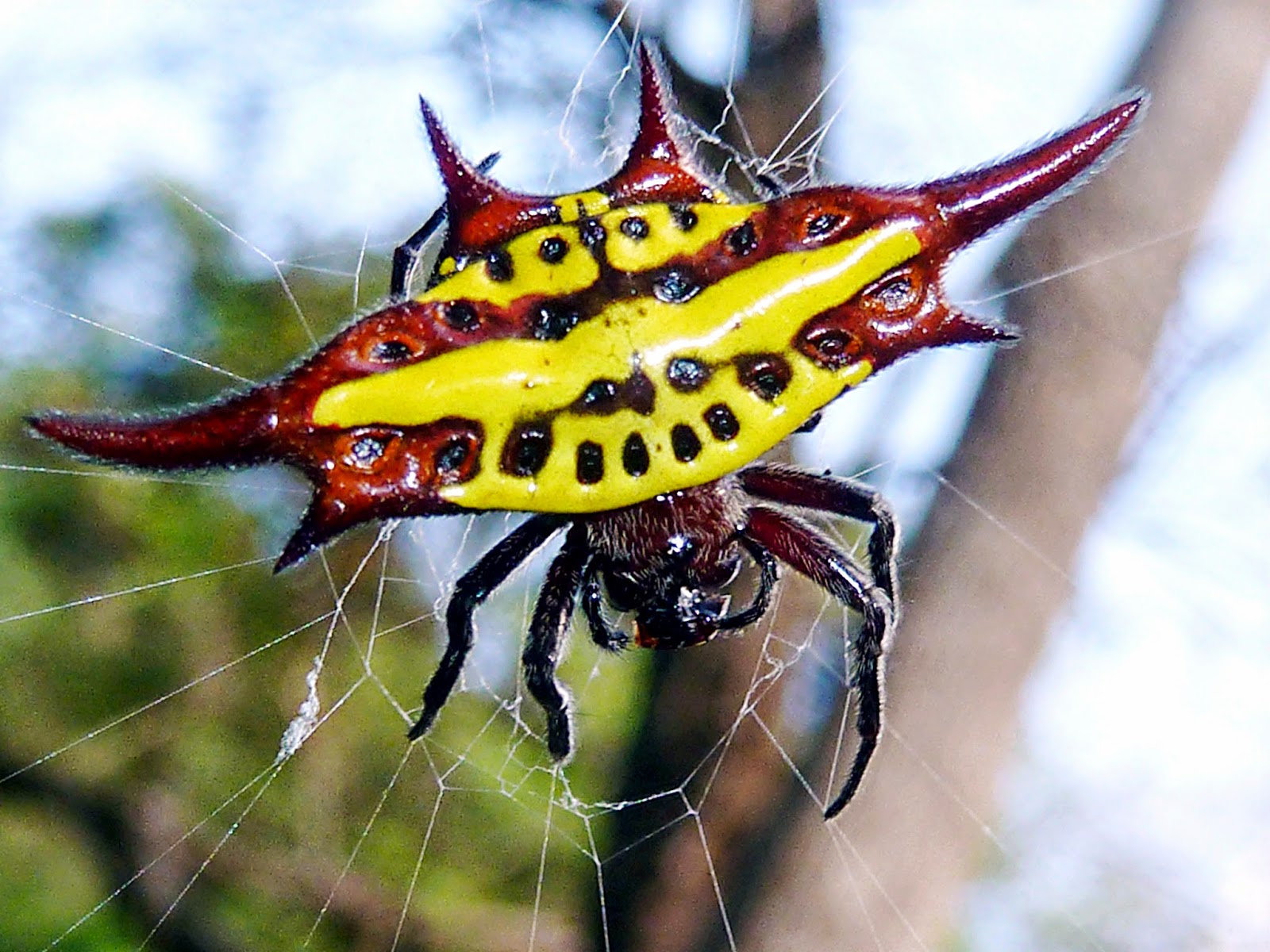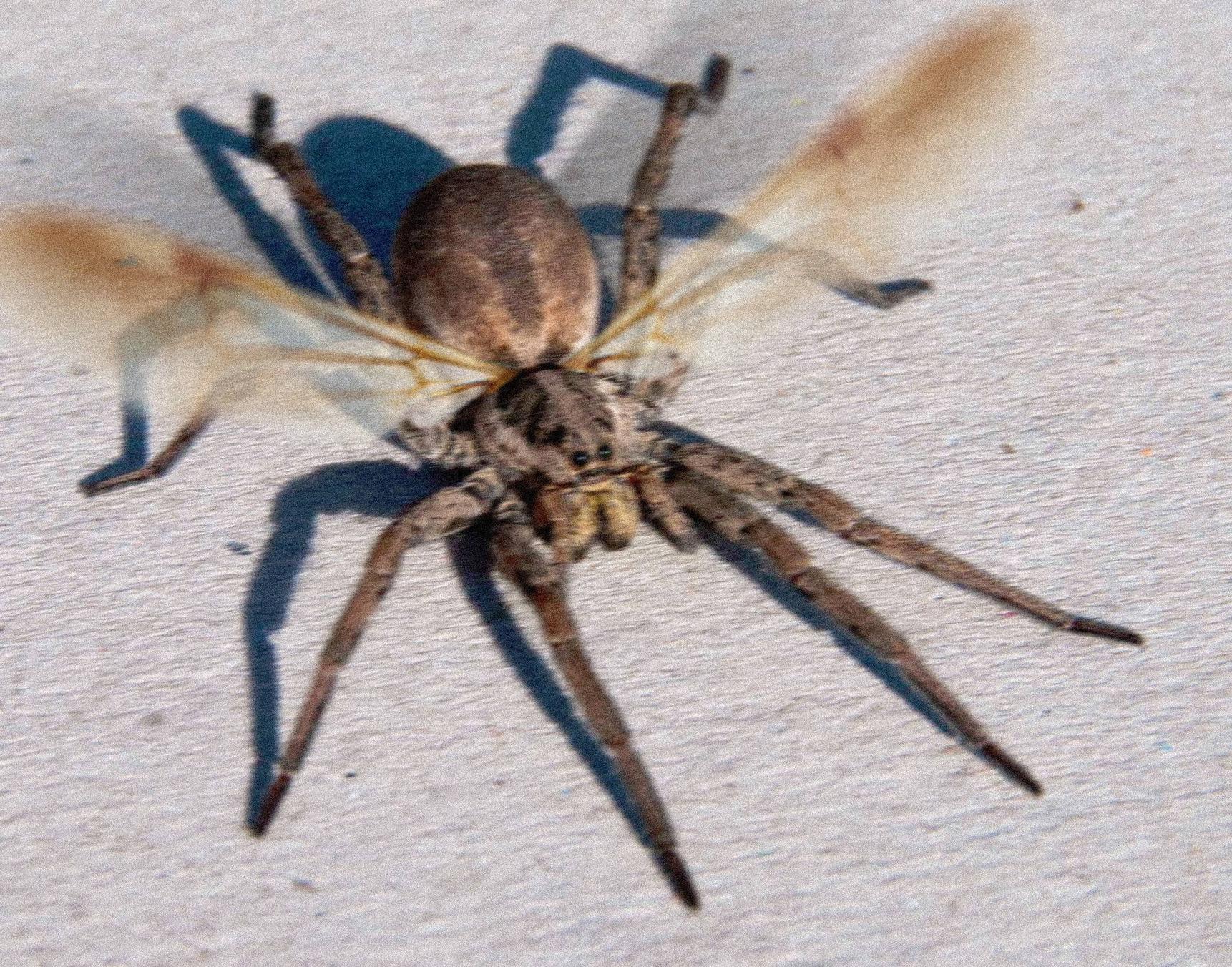Spider Adaptations for Flight

Spiders have evolved remarkable adaptations that enable them to fly, defying their terrestrial nature. These adaptations provide spiders with a unique advantage in dispersing to new habitats, escaping predators, and accessing new food sources.
Flying spiders, with their ability to glide through the air, are a testament to nature’s boundless creativity. Their silken threads, spun from a unique gland, catch the wind, allowing them to travel great distances. In the realm of mysticism, Master Indara is said to possess a similar power, his wisdom and teachings spreading far and wide like the airborne arachnids.
And as the flying spiders gracefully descend upon their destination, their presence evokes a sense of wonder and awe, just as the teachings of Master Indara inspire and uplift those who seek enlightenment.
Physiological Adaptations
Flying spiders possess several physiological adaptations that facilitate their aerial locomotion. These adaptations include:
- Modified Spinnerets: Spiders have specialized spinnerets that produce a fine, silken thread. This thread acts as a parachute or a kite, allowing spiders to float or glide through the air.
- Reduced Weight: Flying spiders have a lightweight exoskeleton and a reduced body mass compared to their non-flying counterparts. This weight reduction enables them to stay aloft with minimal effort.
- Long Legs: Many flying spiders have elongated legs that provide additional surface area for catching wind and generating lift.
- Hairy Legs: Some flying spiders have hairy legs that further increase their surface area, enhancing their ability to trap air and stay afloat.
Examples of Flying Spiders
Several spider species have evolved the ability to fly. These include:
- Parachute Spiders (Family: Linyphiidae): These spiders release a silken thread from their spinnerets, which acts as a parachute, allowing them to float long distances.
- Ballooning Spiders (Family: Araneidae): These spiders produce a large amount of silk, which forms a kite-like structure that carries them away by the wind.
- Jumping Spiders (Family: Salticidae): Some jumping spiders have elongated legs that enable them to jump high and glide for short distances.
Evolutionary Advantages of Flight
The ability to fly provides spiders with several evolutionary advantages, including:
- Dispersal: Flight allows spiders to disperse to new habitats, colonize distant islands, and escape from unfavorable conditions.
- Predator Avoidance: By flying away, spiders can evade predators and increase their chances of survival.
- Access to Food Sources: Flying spiders can access new food sources that are inaccessible to non-flying spiders, such as insects high in trees or prey on other flying insects.
Spider Flight Patterns and Behaviors

Flying spiders exhibit a remarkable array of flight patterns and behaviors, each tailored to their specific survival and reproductive strategies. These patterns include gliding, ballooning, and active flight, and are influenced by factors such as wind currents and air density.
Gliding
Gliding is a passive form of flight where spiders extend their legs and silken threads to create a large surface area, allowing them to be carried by wind currents. This technique is particularly useful for dispersing over long distances, as it requires minimal energy expenditure.
Ballooning
Ballooning is a more active form of flight where spiders release a single, long strand of silk that catches the wind, lifting them into the air. This method allows spiders to ascend to high altitudes and travel over considerable distances, aided by updrafts and thermal currents.
Active Flight
Active flight is the most energetically demanding form of spider flight, involving the use of their wings to generate lift and control their movement. This technique is primarily used for short-distance travel, such as catching prey or escaping predators.
Influence of Wind Currents and Air Density
Wind currents and air density play a significant role in spider flight. Strong wind currents can assist spiders in gliding and ballooning, while dense air provides more resistance, making active flight more challenging. Spiders have evolved adaptations, such as adjustable silk thread lengths and wing shapes, to optimize their flight performance under varying environmental conditions.
Ecological Impacts of Flying Spiders

Flying spiders play a significant role in various ecosystems, influencing the dynamics of prey-predator relationships and contributing to the maintenance of ecological balance. Their ability to disperse plant seeds also contributes to the propagation of plant species and the overall health of ecosystems.
Impact on Prey and Predators, Flying spiders
Flying spiders are formidable predators, and their presence significantly impacts the population dynamics of their prey. By actively pursuing and capturing prey, they help regulate the populations of insects, small vertebrates, and other invertebrates. This predatory behavior also influences the foraging patterns and survival strategies of prey species, leading to adaptations and co-evolutionary relationships.
On the other hand, flying spiders also face predation from various animals, including birds, lizards, and larger invertebrates. Their ability to fly provides an advantage in evading predators, but it also exposes them to new threats in the aerial environment.
Contribution to Seed Dispersal
Flying spiders play a crucial role in the dispersal of plant seeds. They often carry pollen and seeds attached to their bodies, inadvertently contributing to the propagation of plant species. This is particularly important for plants that rely on wind or animal vectors for seed dispersal. By transporting seeds to new locations, flying spiders facilitate genetic exchange and promote plant diversity within ecosystems.
Consequences of Declining Flying Spider Populations
Declining flying spider populations can have detrimental effects on ecosystems. As predators, they play a vital role in regulating prey populations. A decrease in their numbers could lead to an increase in prey species, potentially disrupting the ecological balance and affecting the availability of food resources for other animals.
Furthermore, the loss of flying spiders as seed dispersers could hinder the propagation of plant species and reduce genetic diversity. This could have long-term implications for plant communities and the overall health of ecosystems. Therefore, it is essential to understand and address the factors contributing to the decline of flying spider populations to maintain the ecological integrity of ecosystems.
Flying spiders, with their gossamer threads drifting in the wind, have always fascinated me. Their ability to float through the air with such grace and ease reminds me of the acrobatic leaps of the acolytes in Rotten Tomatoes: The Acolyte.
Like these young performers, the spiders seem to defy gravity, their bodies suspended in an ethereal dance. And just as the acolytes strive to reach the heavens, so too do the spiders, their silken threads reaching up towards the unknown.
Flying spiders, with their silken parachutes, dance in the air, their delicate forms like tiny, airborne ballerinas. They remind me of the graceful movements of Alec Baldwin , his lanky frame gliding across the screen with an elegance that belies his age.
And just as Baldwin’s characters often navigate complex webs of intrigue, so do these arachnid aeronauts weave their own silken threads, connecting the sky to the earth, the ephemeral to the enduring.
The delicate webs of flying spiders dance in the breeze, their silken threads carrying them through the air like tiny parachutes. As the sun begins to set, the acolytes emerge from their hiding places, their voices echoing through the twilight.
What time does the acolyte come out ? The question lingers in the air as the spiders continue their graceful flight, their ethereal presence a reminder of the mysterious and unseen forces that shape our world.
Flying spiders, with their ethereal dance through the air, evoke a sense of wonder and unease. Yet, beneath their silken grace lies a hidden truth: the fragility of life. Just as the cause of Mandisa’s untimely demise remains shrouded in mystery ( mandisa cause of death ), so too do these arachnid travelers carry within them the secrets of their own mortality, a reminder that even in the most extraordinary of creatures, the thread of existence can snap with unforeseen swiftness.